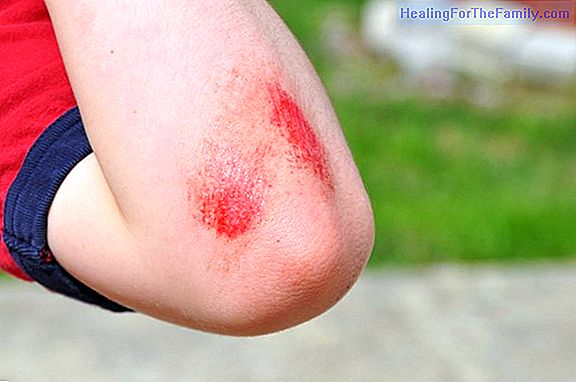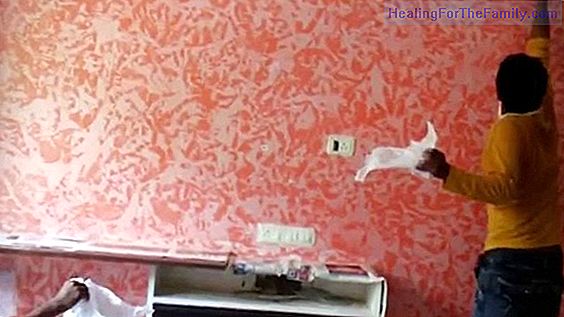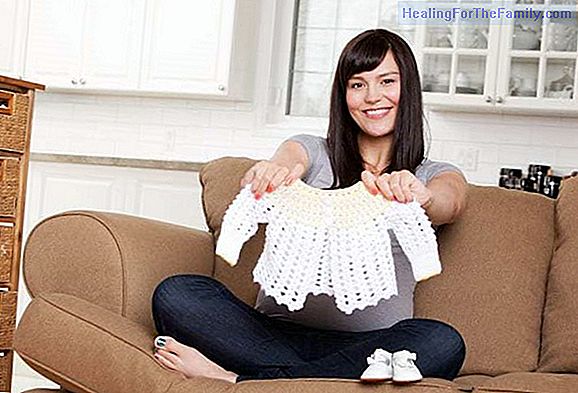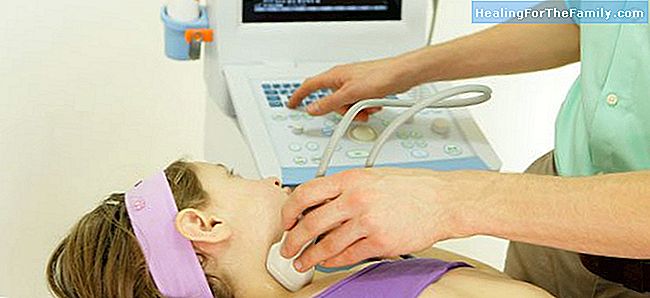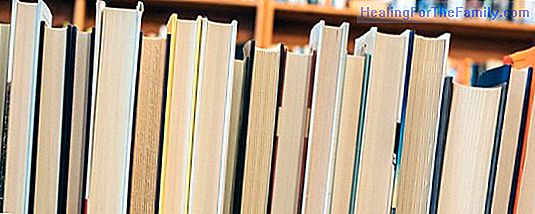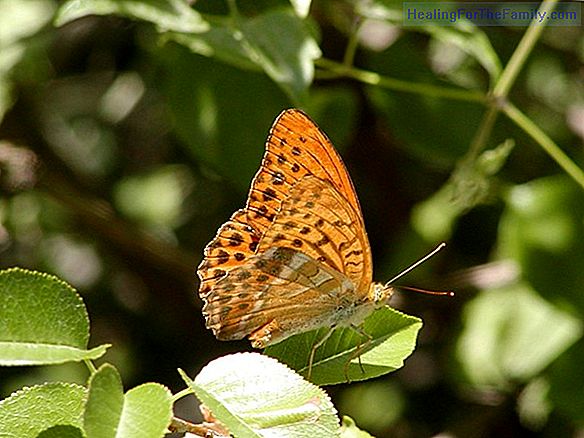Benefits of playing with the baby in front of the mirror
This is one of the most important elements in the development of children during the first two years of age. The mirrors are part of us and thanks to them we can stimulate and get the child to achieve a basic development in the knowledge of oneself. In infant education, babies must develop three dif
This is one of the most important elements in the development of children during the first two years of age. The mirrors are part of us and thanks to them we can stimulate and get the child to achieve a basic development in the knowledge of oneself.
In infant education, babies must develop three different areas or areas. Which have the same importance in the constant development of the child.
The development of babies and children with mirrors
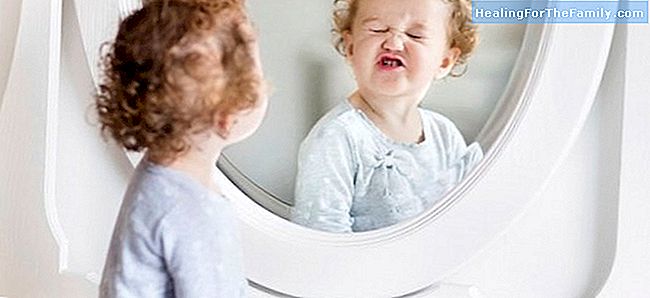
The three areas of child development are:
- Self-knowledge. Where the child begins to be aware of himself, his abilities, possibilities ... In addition to creating a healthy image of himself.
- Knowledge of the environment: It consists in learning to relate to everything that surrounds them, the family, toys, different environments ...
- Language: Is the part responsible for the child's communication, as is done understand, gestures, moods ...
The mirror is directly related to the area of knowledge of oneself. The use of the mirror for early childhood education is nothing new, as in the 30s, Dr. Jacques Lacan, presented a whole investigation relating the importance of mirrors in the development of children.
Mirrors and children
How do children see mirrors? The perception of the mirrors, anger varying according to the age of the children.
Until 6 months the children when they see their image inside a mirror, do not associate it with themselves, giving it a minimal importance, something else that is there, although if it has interaction with its image, it will not be to try to understand what is happening .
It is from 6 months of age when children begin to notice strange things in the mirror, as the image they are seeing is very familiar (even though the child until then is not able to recognize himself) . The first reaction you will have when recognizing yourself will be a laugh and a face of satisfaction, as it did when you discovered your feet. This reaction that the baby experiences is not continuous, since the baby only has an image before and is not able to perceive it as what it is. With what will happen from knowing each other to seeing it as an image, constantly.
It is from 10 months when the child will begin to have much more interaction with the mirror, playing with his hands, sucking his own image, always resulting in a very satisfactory feeling.
The mirror phase lasts up to 18 months or so, although the child will still enjoy looking in the mirror and playing gestures.
That is enhanced by the exercises in the mirror
Thanks to this type of activities, the child is motivating the maturation of the brain, specifically in what concerns perception and how it should process the information received. By recognizing the movements made, getting better coordination and precision in movements.
Looking in the mirror, causes the creation of your own ego, which stimulates the child to improve.

